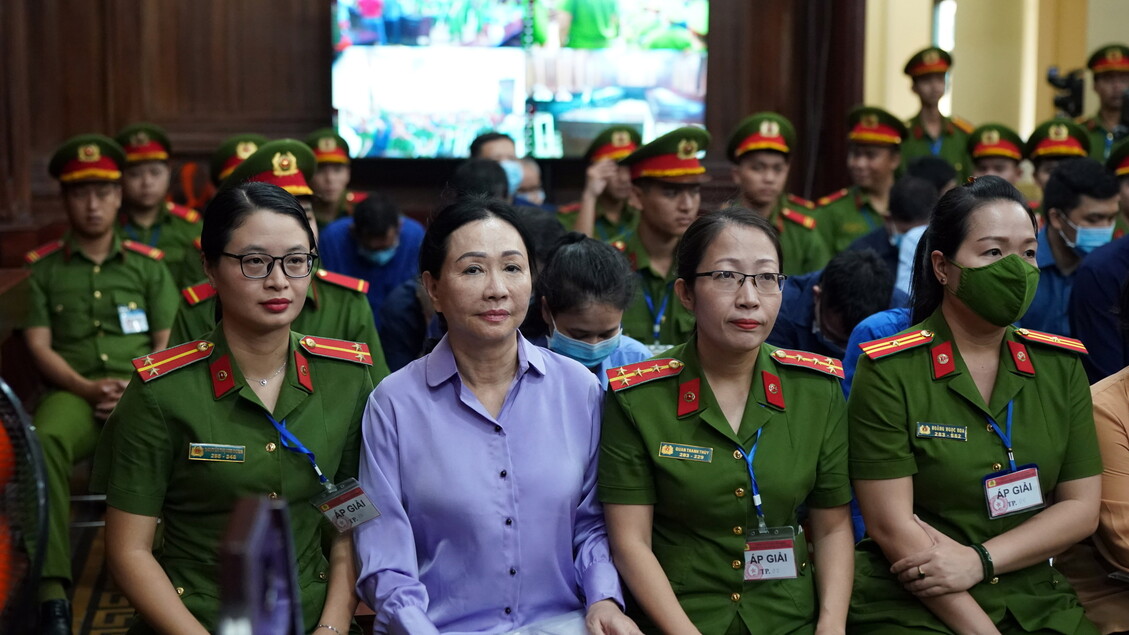Iran successfully testfires missiles

second day of the missile drills.
According to the local English language satellite Press TV report, the missiles fired included Zelzal, Shahab-1, Shahab-2 and Shahab-3 on the second day of the Piambar A’zam-6 (Great Prophet-6) military drills.
The missiles which were launched near the central city of Qom comprised five Shahab missiles, including four medium-range and one long-range, as well as nine Zelzal missiles.
The Islamic Republic began the drills on Monday, and on the first day of the exercises, Iran unveiled underground missile silos and fired Fateh-110 missile.
Iranian Foreign Ministry Spokesman Ramin Mehmanparast said yesterday that the more powerful an independent country is to defend itself, the more helpful it would be for the security, peace and stability of the region.
Talking to the reporters in his weekly press briefing, Mehmanparast said that if the regional countries were powerful enough to defend themselves, the Zionist regime of Israel would never dare to attack and occupy their territory.
Now that the West is concerned about Iran’s power to defend itself, it means that they cannot pursue their interests easily in the region, said the spokesman.
Aerospace commander of Islamic Revolution Guard Corps (IRGC) Amir Ali Hajizadeh, said yesterday that Iran’s missiles have the range of 2 000 km and can reach US bases in the region and also Israel.
Iran does not need to increase the range of its missiles since Israel is just 1 200 km away from Iran and the US bases are even nearer, some 120 to 700 km away from Iran, said the commander. With the existing missiles, Iran can hit the targets from the Iranian central cities of Semnan and Damghan, Hajizadeh said.
He dismissed the threats by the Europeans and said that Iran has designed and developed its missiles for US and Israel targets.
The commander also rejected the allegations that Iran has imported the missiles and the technology of the missiles from the DPRK.
On Monday, Colonel Asghar Qlitchkhani, the spokesmen for the wargame, said that the technology and the construction of the silos are totally local and have been developed and built by the Iranian experts.
The permanent readiness of the missiles in the vertical position is one of the important features of these silos, the commander said, adding that all the launching stages of the missile are electronic and are remote-controlled.
The silos function as one of the swift-reaction units of the missile commandment so that, permanently in the vertical position, they are ready to hit the pre-determined targets, he told reporters.
The aerospace commander of the IRGC said Sunday that the Piambar A’zam-6 missile drills would last for 10 days. The maneuver had totally defensive objectives and would be held with the message of “peace and friendship,” Hajizadeh said.
Another objective of the missile drill was to assess and upgrade the readiness of the military units, to practice new tactics and to place the younger graduated generations by the side of the experienced ones, he said. In the drill, some of Iran’s missile capabilities and products would be on show and the long-range, medium-range and short-range missiles for ground and marine targets would be harnessed, said the commander without specifying the region or the scope of the maneuver.
The US established numerous bases in the region, in the east, in the west and in the southern neighborhood of the country and Iran was conducting the maneuver to enhance its defensive readiness, said Hajizadeh. -Xinhua.










Comments